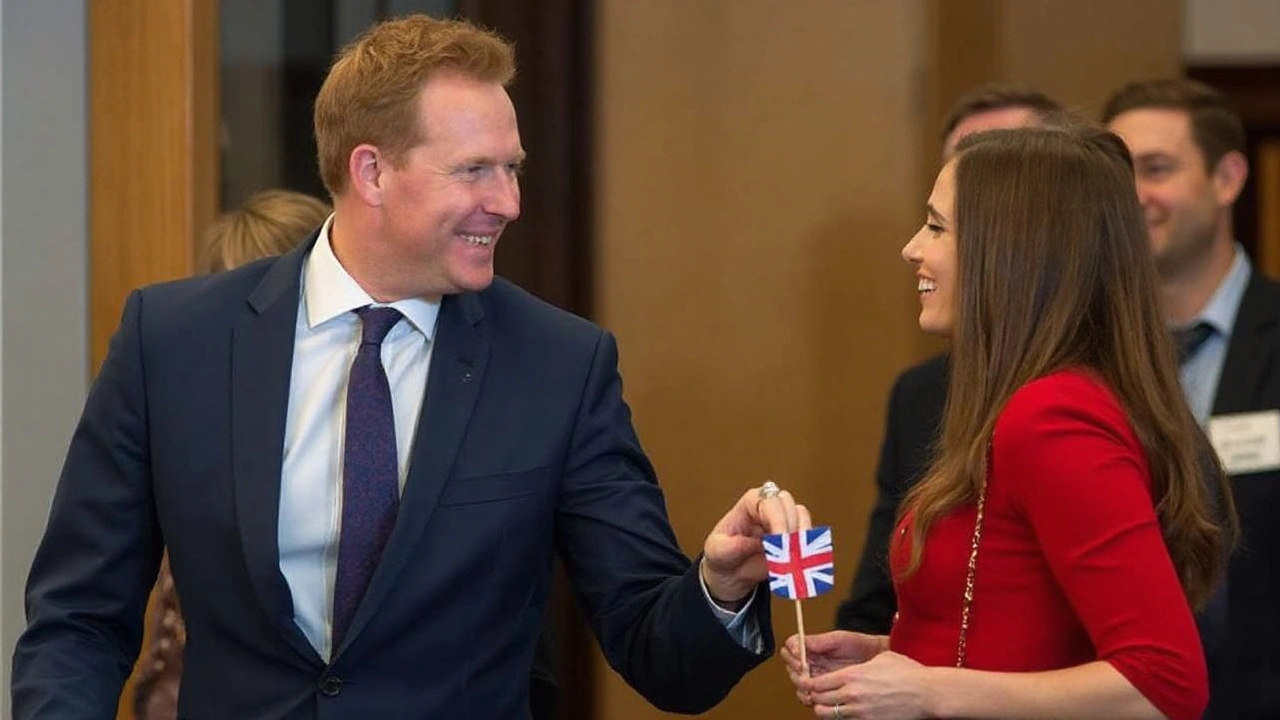Stamp Duty Explained: What You Need to Know
Thinking of buying a house? Then you’ll hear the term stamp duty a lot. It’s basically a tax the government charges when you purchase land or property in the UK. You don’t pay it every month – you pay it once, right after the sale is completed. If you’re not sure whether it applies to you, keep reading. We’ll break it down in plain English and give you a few tricks to keep the bill low.
How Stamp Duty Is Calculated
Stamp duty isn’t a flat fee. It works on a sliding scale, meaning the more expensive the property, the higher the percentage you pay on the top part of the price. For example, as of the latest rates, the first £250,000 of a home costs 0%, the next £250,000 is taxed at 5%, and anything above £500,000 jumps to 10% (or higher for very pricey homes).
Let’s say you buy a house for £300,000. You’d pay 0% on the first £250,000 and 5% on the remaining £50,000. That comes out to £2,500 in stamp duty. The calculator on the government website can do the maths for you, but the basic idea is simple: you only pay the higher rate on the slice of price that falls into that band.
First‑time buyers get a bonus. If the purchase price is up to £425,000, you won’t pay any stamp duty at all. The relief drops off gradually between £425,000 and £625,000. That means many newbies can save a few thousand pounds.
Ways to Lower Your Stamp Duty Bill
Even if you’re not a first‑time buyer, there are legit ways to cut the tax. One common trick is to buy a property just under the next tax threshold. For instance, buying for £499,950 instead of £500,050 can save you the 10% rate on the extra £100. It’s a small price difference for a big tax saving.
If you’re moving from one home to another, you can claim relief on the sale of your old property. The government lets you transfer the stamp duty you paid on your previous house to the new one, up to a certain limit. Talk to a solicitor or conveyancer about how to claim this.
Investors often use “multiple dwellings” relief. If you’re buying more than one flat as a block, you can treat the total price as a single property for stamp duty purposes, which can drop the rate dramatically.
Lastly, keep an eye on seasonal changes. The government sometimes announces temporary stamp duty holidays to boost the market. Those windows can shave off thousands if you time your purchase right.
Bottom line: stamp duty is a one‑off tax you can’t dodge, but you can plan around it. Use the calculator, consider price thresholds, and explore the reliefs you qualify for. Doing a little homework now can keep more cash in your pocket when the keys finally land in your hand.

Angela Rayner quit as Deputy PM and Housing Secretary after admitting a £40,000 stamp duty underpayment on an £800,000 Hove flat. The timing is brutal for Labour, which is weighing property tax rises. The case raises questions about vetting, the ministerial code, and Keir Starmer’s grip on ethics and messaging. He must steady his team, reset housing policy, and rebuild trust fast.




